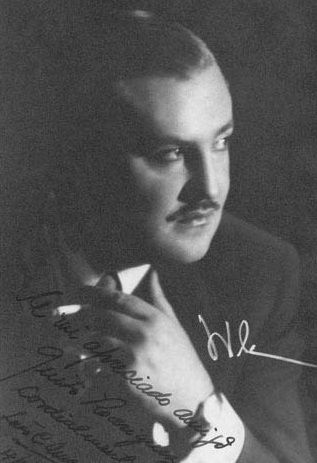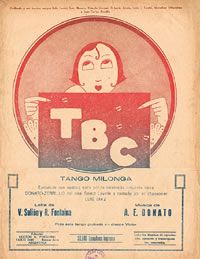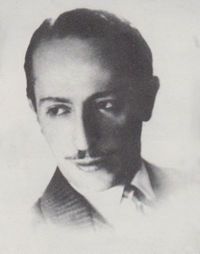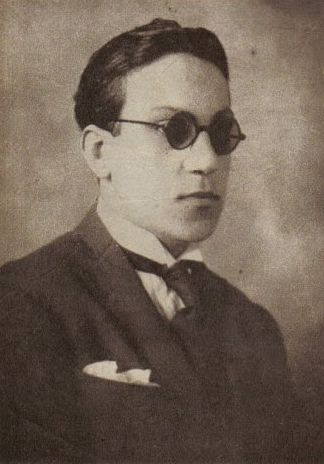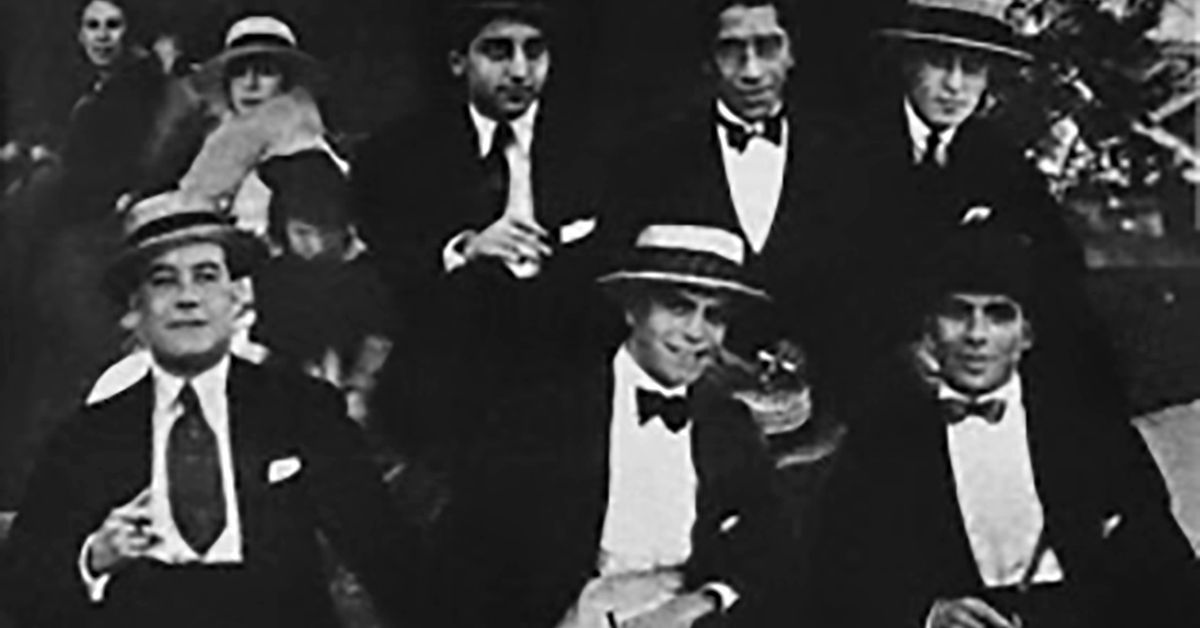“Vendrás alguna vez” by Enrique Rodríguez y su Orquesta Típica with Roberto “El Chato” Flores in vocals, 1938.
Luis César Amadori
Lyricist, author, entrepreneur, filmmaker and journalist (28 May 1902 – 5 June 1977)
Writing for theater unavoidably drove him to write as well the lyrics of numerous songs, mainly tangos.
With Alfredo Malerba he wrote “Vendrás alguna vez”
Like many other Italian families that came to our country to search for their fortune, he arrived in our country when he was five from Pescara, his hometown. Continue reading at www.todotango.com…
Listen and buy:
 |
 |
